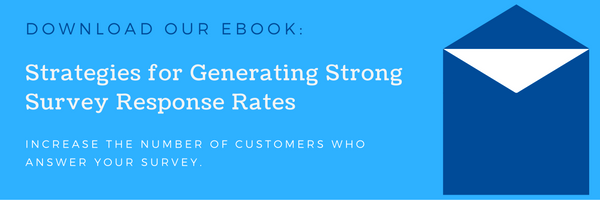You asked customers to complete your customer satisfaction survey. And, there were more than enough responses to be considered “statistically valid.” Beyond analyzing the feedback and sharing it with key stakeholders, what other steps need to be taken?
3 Tips to Let Customers Know You’re Listening
Conveying to customers that you value their feedback is one of the most important components for a successful survey campaign. Here are 3 tips to keep in mind once the survey window has closed:
1. Talk with Customers
Customers invest time into completing a survey with the belief that someone is actually listening.
Closing the loop tells customers you take their feedback seriously. This process can include sending a post survey email, making a phone call to explore the feedback in more detail, or scheduling an on-site meeting to review the engagement and discuss improvement opportunities.
Use phrases such as: “we read your response,” or “the feedback you provided will help influence change,” in your communications to add a layer of confidence that their voice was heard.
Another bonus: it will encourage survey participation in the future.
2. Show Customer Feedback in Action
Now that customers know you’re listening, it’s time to provide evidence of progress. Will the input received help enhance your platform by adding commonly requested features or functionality? Develop a new product?
Show them you listened to all the feedback, be it positive or negative, by communicating any enhancements or changes to customers – another step in closing the loop. Customers certainly won’t expect you to implement every recommendation, but improvements show that your company is focused on new ways to deliver an exceptional customer experience.
3. Restart the Customer Feedback Process
Surveys are not a one-time endeavor. The real value comes when trends and themes are identified over time.
Additionally, soliciting feedback at regular intervals helps to validate your company’s customer-centric position. Customers will recognize this commitment and tell their network that your company not only “talks the talk” but also “walks the walk” when it comes to listening and taking action based on customer input.
Ensure Strong Survey Response Rates
Remember, eliciting valuable and actionable feedback is the primary purpose of a customer satisfaction survey. If you fail to perform the necessary follow-up and post-survey work, it can create a negative perception about the exercise and contribute to low response rates in the future.


